
How to Properly Load Your Dishwasher for Energy Efficiency
To get your dishes clean, protect them from damage and save energy, it’s important to learn how to properly load your dishwasher. After all, these appliances are engineered to be used in a specific way.
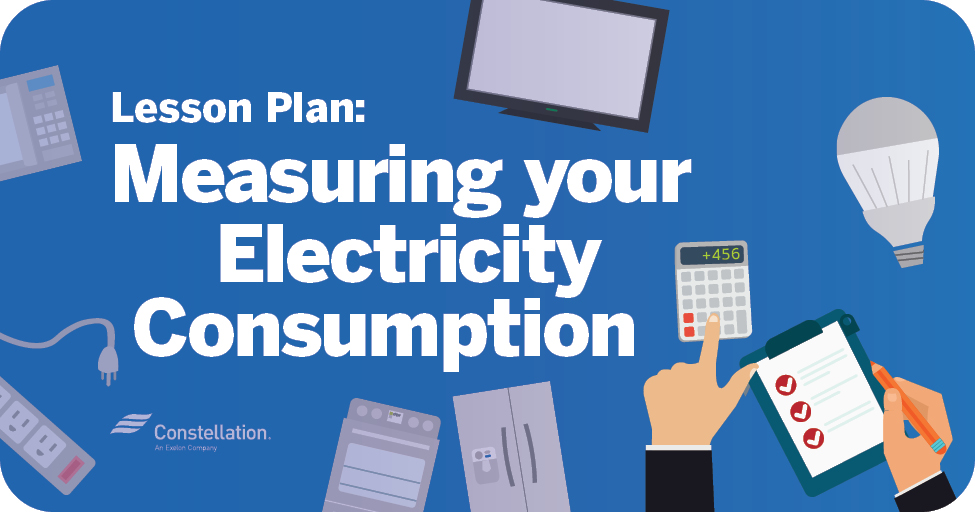
Lesson Plan: Measuring Electricity Consumption
This week’s lesson on electricity consumption builds upon the previous week’s lesson. However, topics will be re-introduced for newcomers!
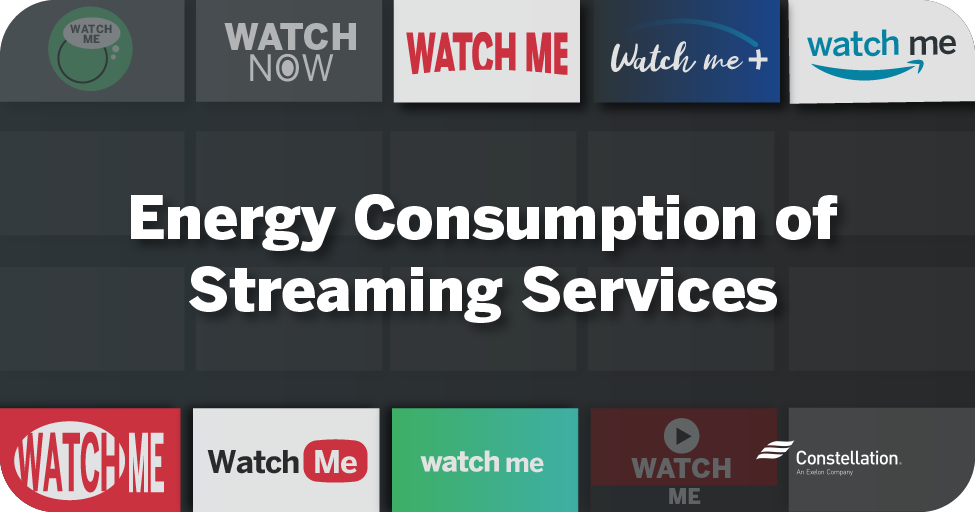
Energy Consumption of Streaming Services
If your family is like most, streaming content has become commonplace in your household. You may even start to wonder what impact those streaming services have on your energy consumption.

Lesson Plan: Understanding Your Energy Bill
This week’s lesson will help families to understand and dissect their electricity bills and understand how smart meters, utility apps and utility website data can help inform household energy decisions. As this lesson focuses most on electricity, the text will revisit and review electricity text previously covered, but this time with a new angle and
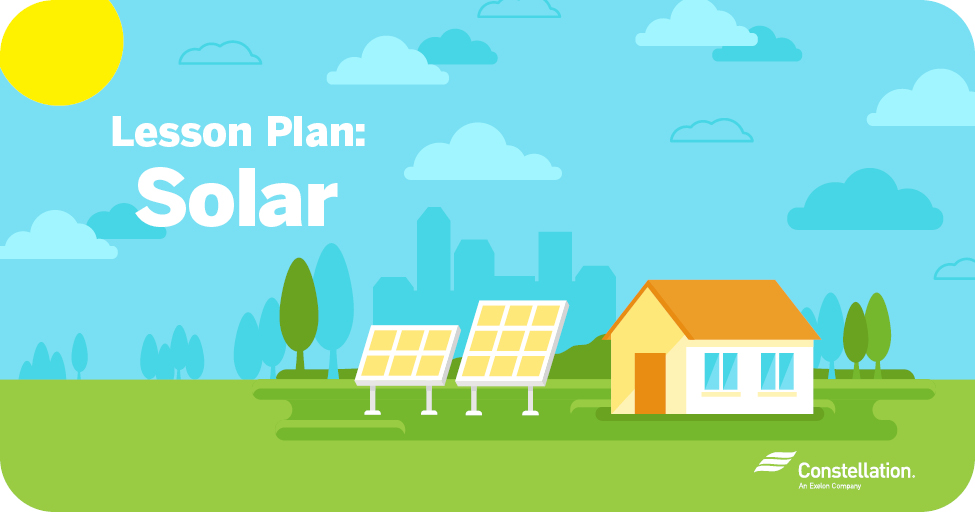
Lesson Plan: Solar Energy
This lesson aims to introduce students to solar energy. Energy from the sun plays a part in the use of nearly every other source of energy, from wind to biomass to yes – fossil fuels!

How Much Energy Do Game Consoles Really Use?
Computer games have never been more popular. Two-thirds of Americans use PCs, consoles and streaming devices to play games.
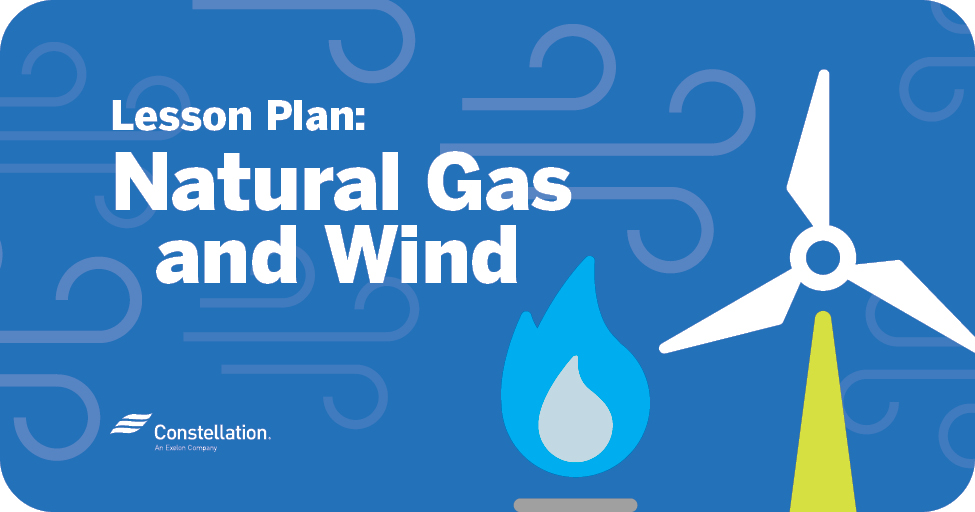
Lesson Plan: Natural Gas and Wind Energy
Wind Energy Wind is moving air. If air is moving, work can be done!
Get Pricing on Electricity or Natural Gas Plans in Your Area
Whatever your energy needs, we've got a plan for you
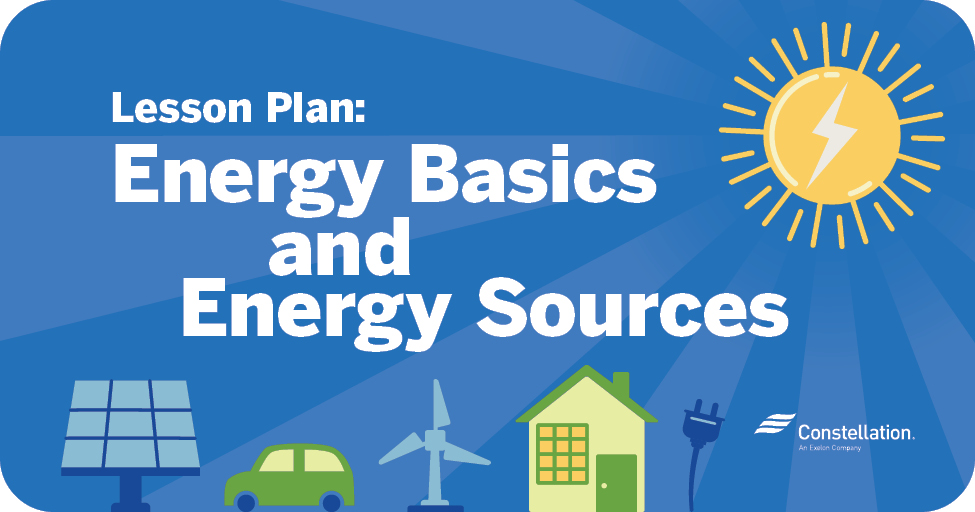
Lesson Plan: Energy Basics and Energy Sources
This lesson aims to introduce energy, helps to identify how we use energy, and begins to look closer at what renewable and nonrenewable sources of energy we use in the United States. For each suggested grade band, you’ll see some quick text for reading as well as a worksheet or link to interactive worksheets.
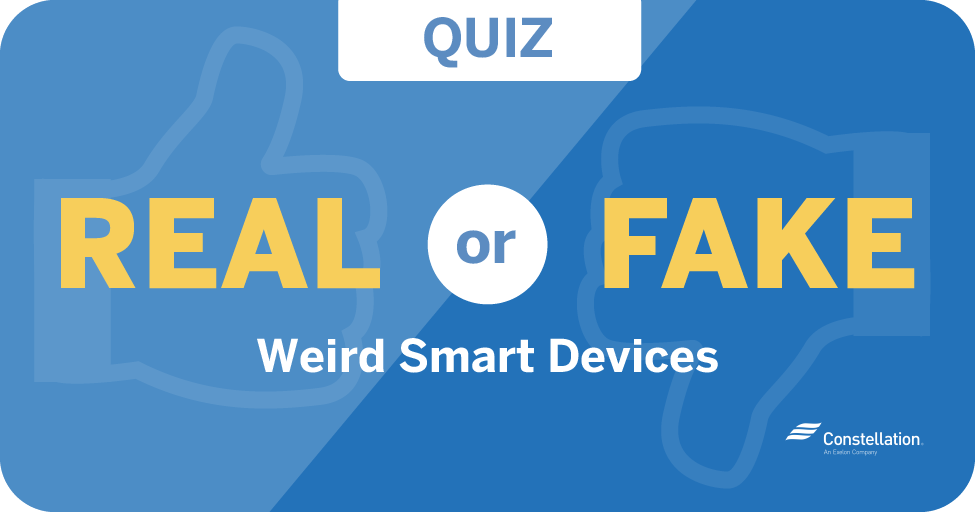
Real or Fake? The Weird Smart Device Quiz
The popularity of smart home technology is driven by convenience, comfort and energy savings. It’s no wonder the market is responding with cool smart tools and useful technology.
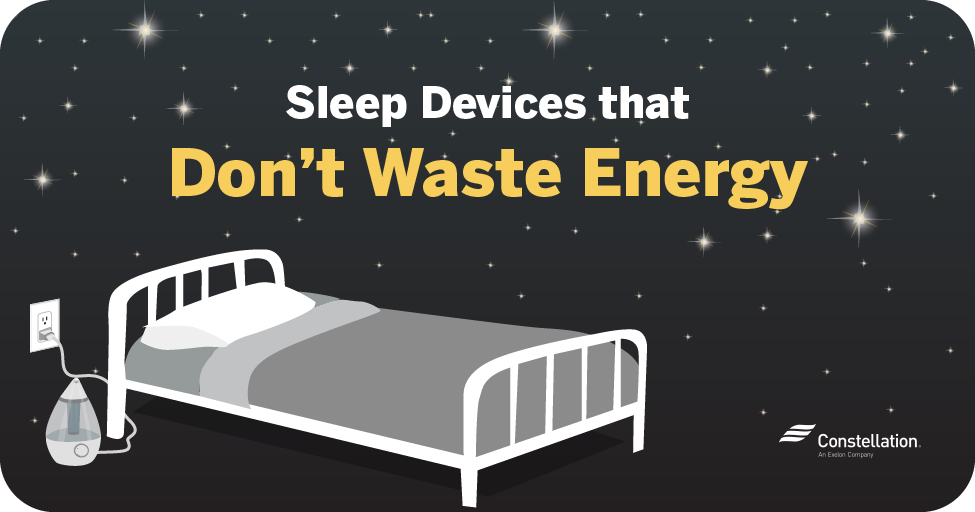
Sleep Devices That Don’t Waste Your Energy
Sleep devices offer the promise of quiet rest — relief from the buzz of our high-tech world that can make us a bit frazzled at the end of the day. Artificial light throws off our bodies’ biological clocks.

25 Ways to Make Your Home Sustainable
When you create a sustainable home, you are improving the environment and lowering the cost of running your home. Saving energy, water and maintenance on systems and appliances contribute to making a home sustainable.




